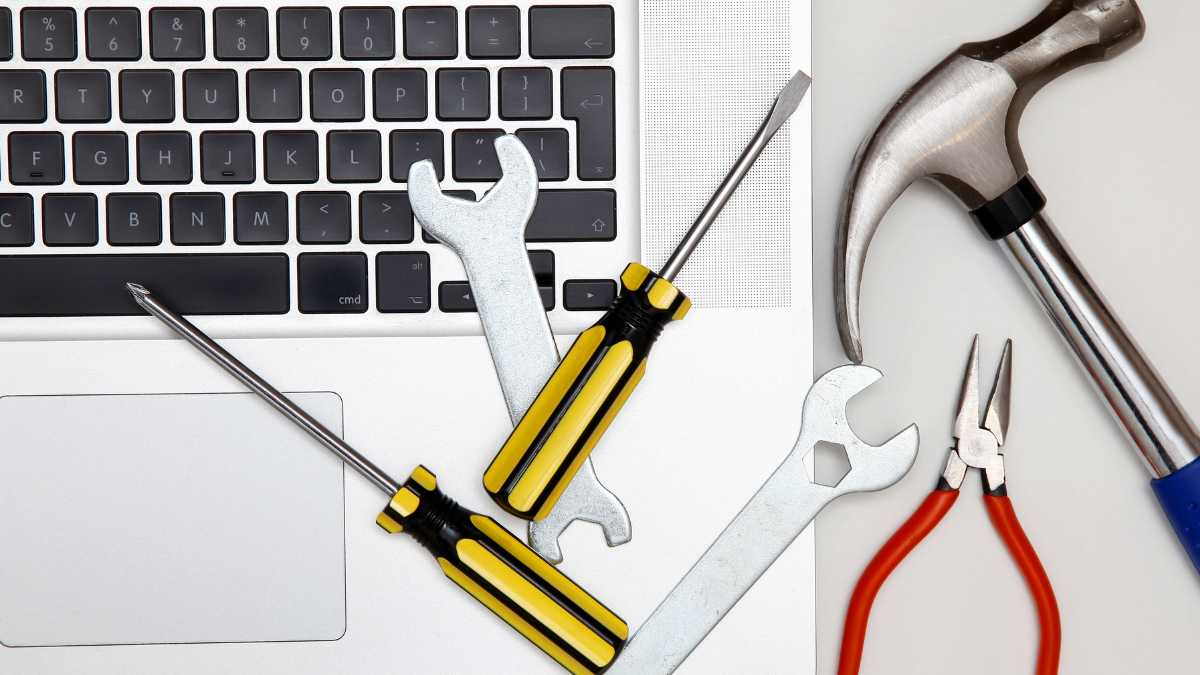In the fast-paced world of mobile app development, creating a successful app is just the beginning of your journey. The real challenge lies in sustaining that success over the long term. This is where regular maintenance comes into play. In this comprehensive guide, we will explore the critical importance of regular app maintenance, the benefits it offers, and best practices for ensuring your app remains competitive and user-friendly throughout its lifecycle.
The App Lifecycle: Beyond Launch
The Launch Phase
When you first launch your mobile app, it’s an exciting moment. Your hard work has paid off, and users are beginning to download and interact with your creation. However, this is just the beginning of a much longer journey.
Post-Launch Challenges
After the initial launch excitement settles, you’ll encounter a series of challenges:
- User Feedback: Users will provide feedback, and it’s essential to listen to their concerns and suggestions.
- New Devices and Operating Systems: As new devices and operating system versions are released, your app must remain compatible.
- Security Vulnerabilities: Cyber threats evolve, and your app must be protected against new vulnerabilities.
- Competitive Landscape: Competitors are always looking for ways to improve their apps. To stay ahead, you must continually enhance yours.
- Changing User Expectations: User expectations evolve. Features that were once cutting-edge can become standard, and your app must keep up.
The Importance of Regular Maintenance
User Retention and Satisfaction
Regular maintenance allows you to address user feedback promptly. By resolving issues and implementing user-requested features, you can enhance user satisfaction and retention rates.
Security and Data Protection
Cybersecurity is a top concern for both users and app developers. Regular updates and security patches are crucial for protecting user data and maintaining trust.
Compatibility
New device models and operating system updates are frequent in the mobile industry. Your app must stay compatible with the latest hardware and software to avoid functionality issues.
Performance Optimization
App performance is a critical factor in user experience. Regular maintenance ensures your app remains fast, responsive, and free from performance bottlenecks.
Bug Fixes
Even the most well-tested apps can have hidden bugs. Regular maintenance allows you to identify and fix issues, improving overall reliability.
Competitive Edge
In a crowded app marketplace, staying competitive is essential. Regular updates and feature enhancements keep your app fresh and appealing to users.
Compliance and Regulation
As laws and regulations change (e.g., GDPR for user data protection), your app must adapt to remain compliant and avoid legal issues.
User Engagement
Engagement features, such as in-app notifications and gamification, can help keep users engaged. Regular maintenance allows you to refine and expand these features.
Best Practices for App Maintenance
Create a Maintenance Plan
Develop a clear plan for ongoing maintenance from the outset of your app development project. Define roles and responsibilities for your maintenance team.
Regularly Update Content and Features
Keep your app’s content and features fresh and engaging. Listen to user feedback and prioritize improvements that align with your app’s goals.
Test Thoroughly
Before deploying any updates, thoroughly test your app to identify and resolve any potential issues. This includes both functional testing and user experience testing.
Stay Informed
Stay up-to-date with industry trends, security threats, and changes in app store policies. This knowledge will help you make informed decisions during maintenance.
Monitor Performance
Regularly monitor your app’s performance using analytics tools. Identify areas for improvement and optimize accordingly.
Backup and Data Protection
Implement robust backup and data protection mechanisms to safeguard user data and ensure quick recovery in case of data loss.
Communicate with Users
Keep users informed about updates and changes through release notes and in-app notifications. Transparent communication builds trust.
Automate Where Possible
Implement automated testing and deployment processes to streamline maintenance tasks and reduce the risk of human error.
Conclusion
Regular maintenance is not an option; it’s a necessity for any successful mobile app. By prioritizing user satisfaction, security, and staying competitive, you can ensure your app’s longevity and continued success. The app lifecycle doesn’t end at launch; it’s an ongoing journey of improvement and adaptation to the ever-changing mobile landscape. Embrace regular maintenance as an essential part of your app development strategy, and you’ll reap the rewards in the form of satisfied users and sustainable success.







